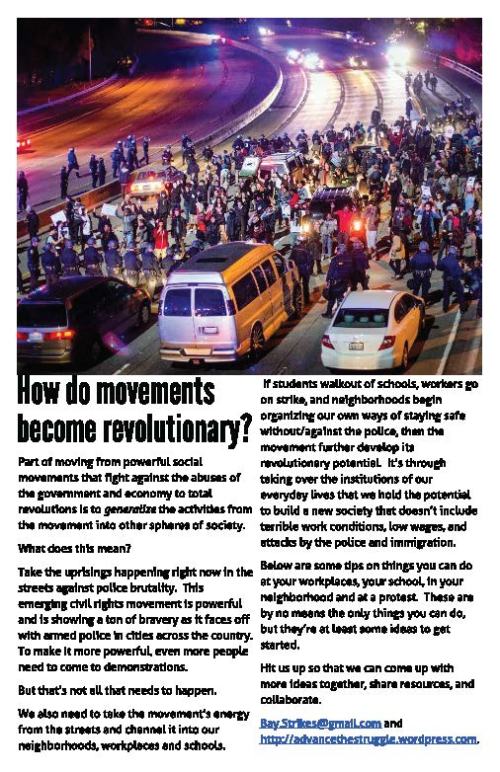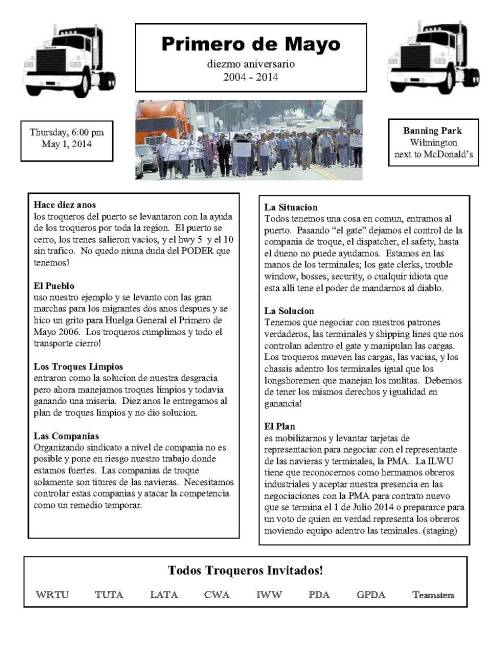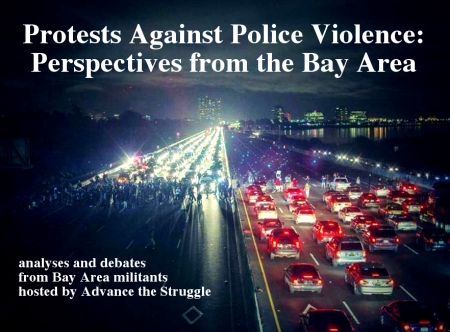United Rank & File Construction Workers Take A Stand on May Day
Join us as we return to a proud history of direct action to fight to protect our own livelihoods, to raise up and organize all workers and against laws that restrict us.
On May 1, International Workers Day, we will be gathering at 16th and Mission at 5am to protest the 2 Gate System. This is a system that contractors and developers have created in order to impose the restrictive, discriminatory and repressive anti-worker laws of the Taft-Hartley act on construction unions.
San Francisco appears, on the surface, to be recovering from the economic disasters of recent years. There are cranes all over town and buildings are popping up everywhere. The people building these buildings are unable to afford the luxuries that many supposedly offer. We are also growing further and further from the chance of ever living a reasonable distance from the city in which we work. Most of us have long been unable to afford to live within the limits of the city we built. We see new wealth coming into SF all the time and yet we have gotten modest or no raises.
Many of us are lucky to have collective bargaining. We look forward to contracts coming up during this building boom. It seems the time has finally come for us to get the raises that we have lacked in the last few years while the cost of living has skyrocketed. We are looking forward to the opportunity to dig out of the financial holes we are in after years of unemployment, losing insurance for our families, losing houses and having to raid our retirement accounts to make ends meet. Now, contractors and developers need us badly and will have to give us a decent raise next contract, right? Maybe not…
Historically in San Francisco a vast majority of building has been done by workers who together, through their unions, bargain with all of their employers for a fair and equal wage rate for all of the labor done by their craft. This is still the case but we see other employers winning work contracts in SF at an alarming rate. Building has increased suddenly in San Francisco but it has disproportionately increased for the non-signatory contractors. There is an unprecedented amount of building being done by contractors who do not agree to the standards of pay and conditions that workers have fought for.
This gives signatory employers (those who employ workers under collective agreements) a powerful bargaining chip as we go into negotiations during this boom. They will argue that they need to stay competitive or the “union contractors” (and therefore workers) will all lose jobs. “Staying competitive” they argue, means that they cannot give raises, may even need some back, in order to compete. Suddenly, the snowball that has killed all the reasonably livable jobs across the country is being rolled around in San Francisco, the last bastion of hope for a decent living for those of us with blue collars.
Ideally, to stop this snowball, we would organize all workers who are not yet in our organizations. We would use the power of withholding all labor on a jobsite until all employers were forced to enter the same collectively bargained agreement. We would like to make it perfectly clear that we see non-union workers as our sisters and brothers in the trade. We want them to have the same wages and conditions that we have. We do not want to compete with them but rather join them into our ranks so that we might work together to raise the living standards of all working people. We want all workers to rise together, as opposed to the arguments made by employers about being “competitive”.
Historically, organized labor has caused economic hardships for entities that take advantage of an unorganized labor force. They did this by standing in solidarity with any group of workers in dispute with their employer and withholding all of our labor until the problem is resolved. The 2 Gate System is one of a host of anti-worker laws that make the tactics that the unions were built on illegal. As yet, the Unions have been mostly unwilling to challenge or disobey these laws. However, through well-organized disobedience and subversion of these laws using the power of united labor action, these laws can be eradicated. We are working toward a day when our unions will do this. Do not be surprised that the leadership of the unions is officially unsupportive, they are not sure the working members want or are ready for the struggle that it will entail, we must show them by taking up the charge as workers.
Until then, the laws do not and cannot forbid you and me, rank and file workers, from going to these jobs and protesting them.
At this time in history, the future of the working class hangs in the balance and we in the stronghold of San Francisco must hold the line for ourselves and fight to turn the tide against the attacks against all working people.
Together, we will build solidarity and power, bring an end to unjust laws, and have a society that meets our needs.
WE ARE NOT AGAINST THE NON UNION WORKER
WE ARE AGAINST THE EMPLOYERS, DEVELOPERS AND CONTRACTORS THAT EXPLOIT THEM
WE ARE AGAINST THE DOWNWARD PUSH THAT EXPLOITATION HAS ON ALL OF US
WE ARE AGAINST LAWS THAT RESTRICT OUR ABILITY TO FIGHT
WE FIGHT TO ERADICATE ALL ANTI-WORKER LAWS AND SYSTEMS
SMASH THE 2 GATE SYSTEM – SMASH TAFT-HARTLEY
1 GATE, 2 GATES, or 10 GATES- PICKET LINES MEAN DO NOT CROSS
















You must be logged in to post a comment.